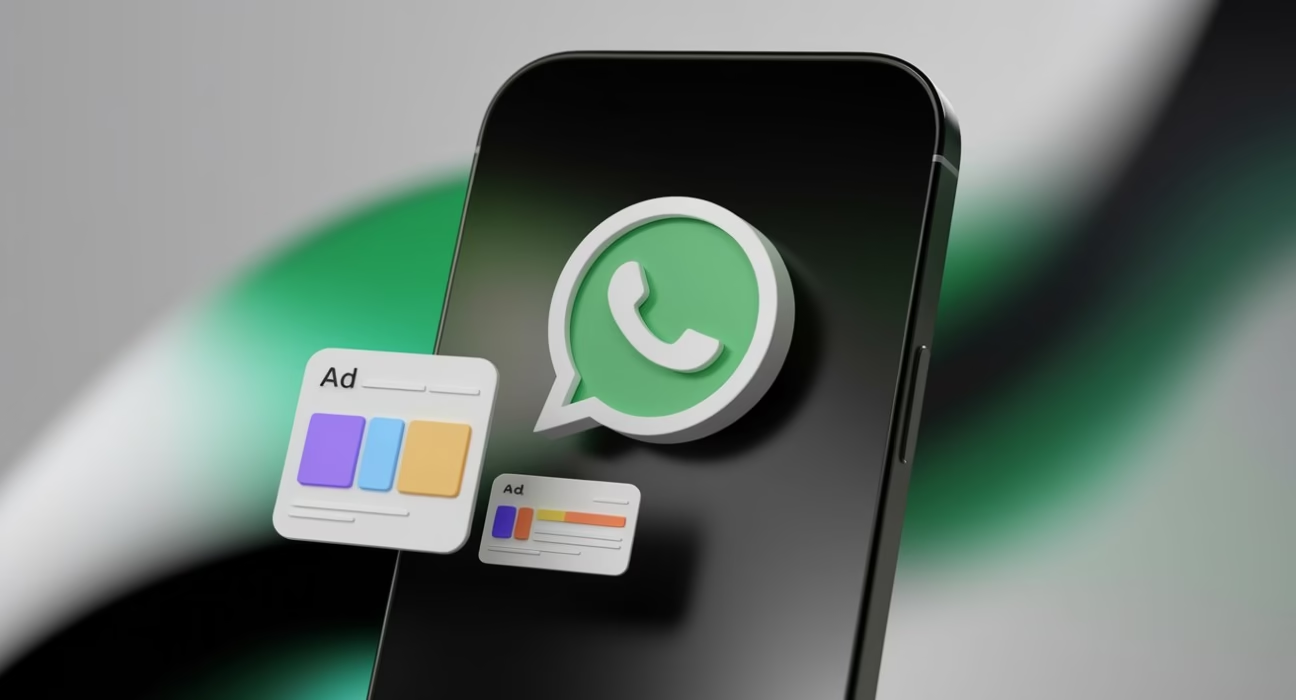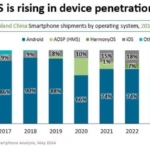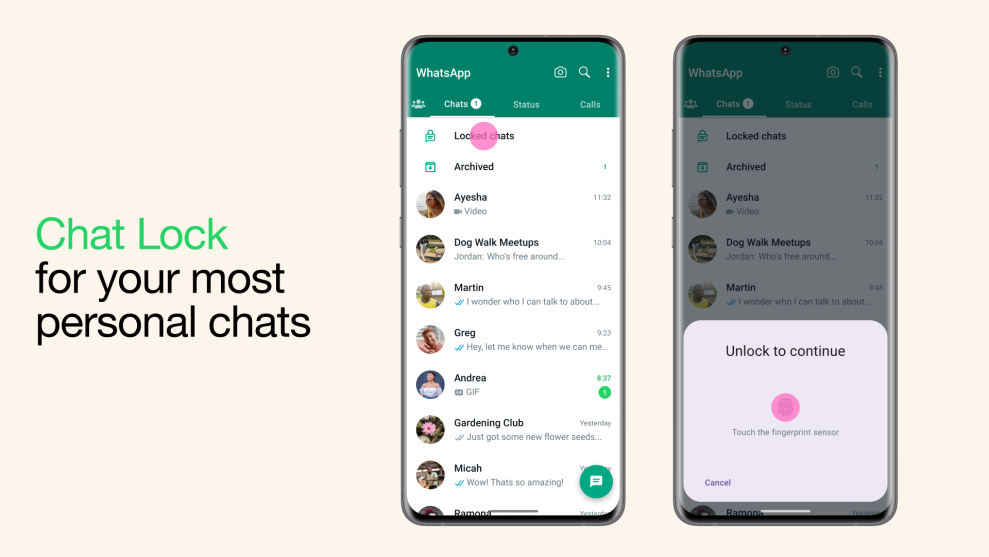WhatsApp Ads in Status: Where They’ll Appear, Privacy Concerns, and What You Can Do
Estimated reading time: 9 minutes

Key Takeaways
- WhatsApp is officially rolling out ads, with the *primary location* being within the WhatsApp Status feature, which is now part of the “Updates” tab.
- These ads will appear *between* users’ Status updates, similar to how ads function in Instagram Stories.
- A major point of discussion revolves around WhatsApp ads privacy concerns. WhatsApp maintains that *private messages and calls remain end-to-end encrypted* and are not used for ad targeting.
- Ad targeting in Status is based on *non-personal information* like location, language, channels followed, and interactions with ads, NOT the content of your private chats.
- There is *currently no official in-app setting* or method on how to turn off WhatsApp ads in the Status section.
- Users seeking a completely ad-free messaging experience may consider WhatsApp alternatives no ads like Signal or Telegram.
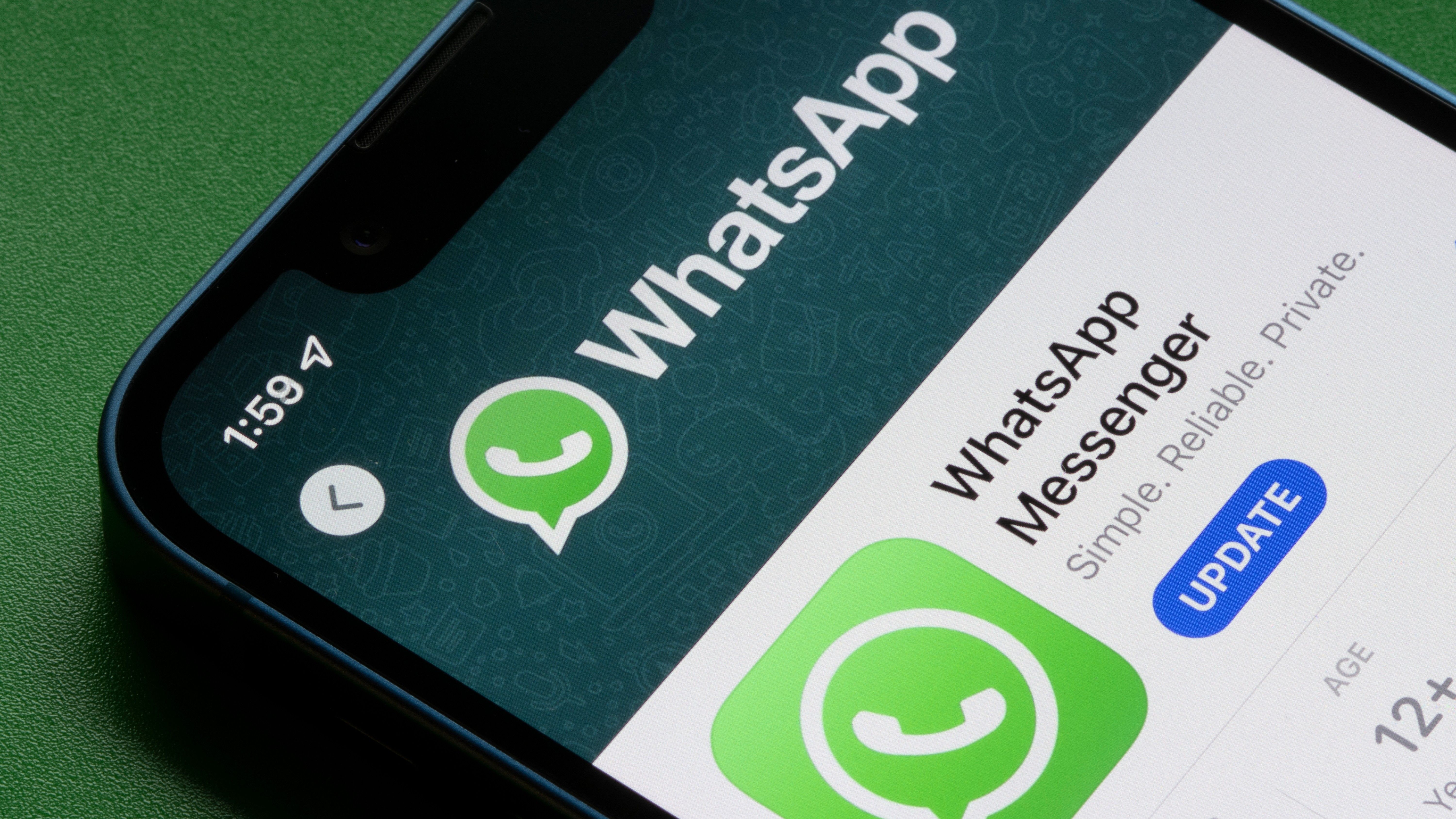
Table of contents
- WhatsApp Ads in Status: Where They’ll Appear, Privacy Concerns, and What You Can Do
- Key Takeaways
- Where Will WhatsApp Ads Appear? Clarifying the ‘Status’ and ‘Updates’ Tabs
- Understanding WhatsApp Ads Privacy Concerns
- Can You Control Them? How to Turn Off WhatsApp Ads
- Looking for Ad-Free Messaging? WhatsApp Alternatives No Ads
- Frequently Asked Questions
For years, WhatsApp has stood out as a popular messaging platform largely defined by its simple interface and, perhaps most importantly, its *ad-free environment*. Users have appreciated this uninterrupted space for private conversations and group interactions. However, recent developments and official announcements from Meta, WhatsApp’s parent company, have confirmed a significant shift: ads are coming to WhatsApp.
This news has sparked considerable discussion and user concern, particularly regarding where these ads will appear and what implications they might have for privacy. The key phrase echoing through these discussions is WhatsApp ads in Status. Users want to know if their personal updates will be interrupted by advertisements, and what it means for the platform’s commitment to user privacy.
This blog post aims to cut through the noise and provide clarity. We will detail exactly where ads are confirmed to be appearing, specifically focusing on the WhatsApp ads in Status and WhatsApp Updates tab ads. We’ll delve into the critical WhatsApp ads privacy concerns users are raising, address the pressing question of how to turn off WhatsApp ads, and finally, explore WhatsApp alternatives no ads for those who prefer to avoid advertisements altogether. Let’s explore this new era for WhatsApp and what it means for you.
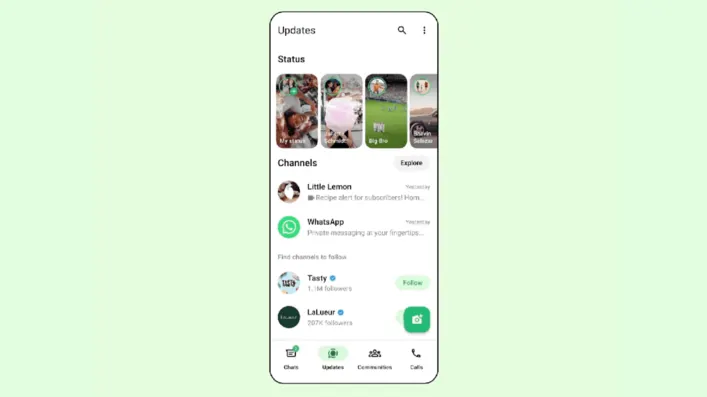
Where Will WhatsApp Ads Appear? Clarifying the ‘Status’ and ‘Updates’ Tabs
Yes, it is official: WhatsApp is indeed introducing advertisements into its user experience. This marks a significant strategic shift for Meta’s popular messaging service, which has historically remained ad-free since its acquisition. The focus of this initial rollout is specifically on the platform’s Status feature.
For clarity, it’s important to understand the app’s layout. What was formerly known primarily as the “Status” tab is now integrated within the larger “Updates” tab. This “Updates” section is where users can find Status updates from their contacts, as well as follow WhatsApp Channels – broadcast lists from organizations, businesses, and public figures.
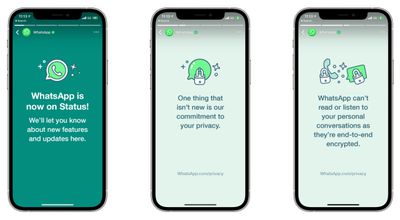
The confirmed location for the initial phase of WhatsApp advertising is specifically within the Status feature housed within this “Updates” tab. This directly confirms the reports and concerns about WhatsApp ads in Status. According to TechCrunch, WhatsApp has initiated a gradual rollout of these ads within the Status feature, which is now fully part of the “Updates” tab experience. This functionality is designed to operate similarly to how Instagram Stories work, allowing users to share ephemeral content like photos, videos, voice notes, and text updates that automatically disappear after 24 hours.
So, how will these ads manifest? They are designed to integrate relatively seamlessly into the viewing flow. Ads will appear *between* individual Status updates from your contacts or channels you follow. You won’t see an ad immediately when you open the first Status update. Instead, they will show up after you’ve scrolled through a few updates, much like the advertising model employed within Instagram Stories. TechCrunch confirms that the format will be comparable to Instagram’s, appearing intermittently as you swipe or tap through different Status posts.

It’s absolutely critical to understand what this change *does not* affect. Meta and WhatsApp have been clear that this introduction of ads is currently *restricted* to the Status feature and promoted Channels. This means your core, private messaging experience remains untouched. Your one-on-one chats with friends and family, as well as your group conversations, are not featuring advertisements at this time. This distinction is important for users concerned about the integrity of their direct communications. As TechCrunch notes, “This change does not affect private chats or group messaging—ads are currently restricted to Status and promoted Channels.”
The rollout of WhatsApp Updates tab ads (specifically within Status) is not a rumor or a test feature; it is an official change confirmed by both WhatsApp and Meta. Official sources like the WhatsApp FAQ page and news outlets like The Hacker News corroborate that the rollout is underway.
Regarding the timeline, this isn’t an overnight flip of a switch for everyone. As of mid-2025, the ads are being introduced gradually across user bases. This means you may not see them immediately, even if they’ve been enabled for your region or device. The official FAQ and The Hacker News mention this gradual introduction. Furthermore, Meta has indicated that while the necessary technical infrastructure is being put in place now, the widespread appearance of these ads across the global user base isn’t anticipated until at least 2026. This suggests a phased implementation over the coming months.
Finally, it’s worth noting that as they roll out this feature, Meta and WhatsApp are reportedly engaging with data protection regulators. This engagement aims to address potential privacy and compliance issues related to the introduction of advertising on the platform, especially given WhatsApp’s reputation for security and privacy. The Hacker News highlights that they “are working with data protection regulators to address privacy and compliance issues.” This indicates an awareness from Meta of the need to navigate regulatory landscapes alongside this new monetization strategy.
Understanding WhatsApp Ads Privacy Concerns

The announcement of ads coming to WhatsApp has, predictably, ignited significant user apprehension, particularly centered around WhatsApp ads privacy concerns. This reaction stems from WhatsApp’s historical positioning as a secure and private communication space, largely due to its robust end-to-end encryption. Features like Individual Chat Lock and Secret Codes for Locked Chats have further solidified this image, making the introduction of any form of advertising feel potentially intrusive to many users.
Users are primarily concerned about the potential for their personal data to be collected and utilized for targeted advertising. Given that WhatsApp is now owned by Meta, the company behind Facebook and Instagram, there’s a natural worry about increased data sharing and potential profiling across these platforms. The core concerns frequently raised include:
- *Collection and use of user data* specifically to target ads within the Status feature.
- The potential for *cross-platform data sharing* with other Meta services (Facebook, Instagram), even if direct chat content isn’t used.
- Lingering concerns, despite reassurances, that the introduction of ads could somehow *compromise the privacy* of end-to-end encrypted conversations or expose metadata in new ways. (Though Meta strongly denies this). Past legal battles regarding data access have heightened user sensitivity.
Meta and WhatsApp have proactively addressed these concerns in their official communications. Their central message is a strong reassurance that *private messages, calls, and statuses remain end-to-end encrypted* and, crucially, are *NOT used for ad targeting*. This is the cornerstone of their response to WhatsApp ads privacy concerns. Both TechCrunch and The Hacker News have reported on Meta’s emphasis on this point.
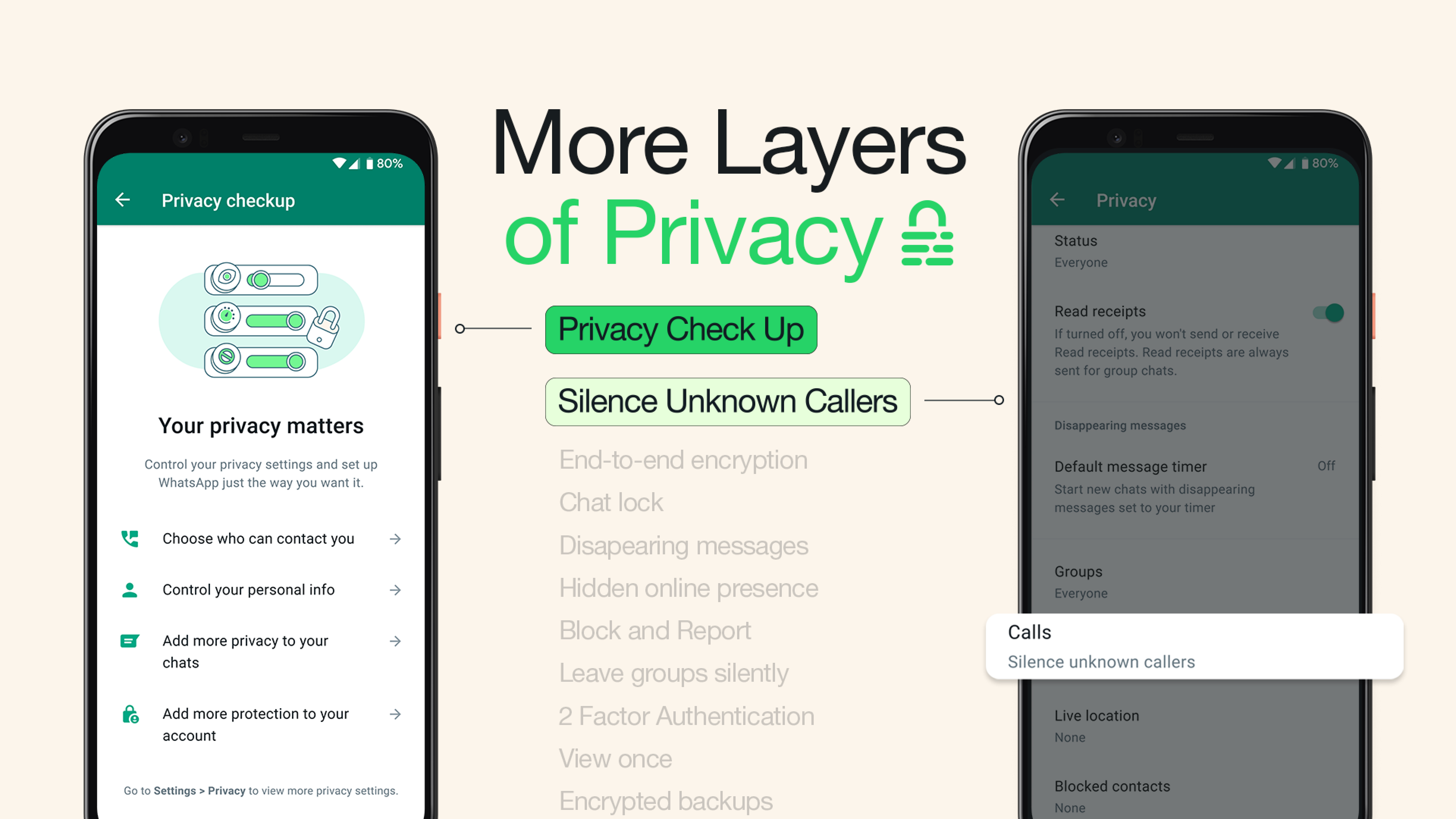
Instead of relying on sensitive conversation data, Meta states that targeting for Status ads is based on *non-personal information*. This includes data points that do not reveal the content of your encrypted communications. According to TechCrunch and The Hacker News, this non-personal information used for targeting may include:
- Your general *location* (e.g., country or city).
- Your app *language* settings.
- The WhatsApp Channels you follow.
- Your *interactions with previous ads* on WhatsApp (e.g., if you’ve clicked on an ad in Status before).

Another aspect related to data sharing is Meta’s Account Center. Meta explains that if a user has *optionally* linked their WhatsApp account to their Account Center, which connects it with their Facebook and Instagram accounts, then certain ad preferences *may* be used across these linked apps for targeting purposes. However, this linking requires *explicit user consent*, and Meta stresses that this setting is *off by default*. This means WhatsApp data is not automatically shared with Facebook/Instagram for ad targeting unless you specifically choose to link your accounts via the Account Center. This is mentioned by TechCrunch and The Hacker News, reinforcing that end-to-end encryption remains intact and cross-app data linkage requires opt-in consent. Even with potential issues like AI mistakenly sharing info, Meta’s official stance maintains encryption integrity.

Meta continues to assert that its ad model for WhatsApp has been designed with privacy considerations at the forefront, utilizing only limited, non-personally-identifiable information for targeting within Status. They aim to integrate advertising as a monetization strategy without undermining the core promise of private, encrypted communication that WhatsApp users expect.
Can You Control Them? How to Turn Off WhatsApp Ads
This is one of the most frequently asked questions among WhatsApp users following the news of advertisements: how to turn off WhatsApp ads?
Let’s get straight to the point: **Currently, there is no official way to disable or opt out of the ads appearing in WhatsApp Status through the app’s settings.** This has been confirmed by WhatsApp itself in its official FAQ, as well as reported by technology news outlets like TechCrunch and The Hacker News.
The ads are being introduced as a standard, integrated part of the user experience within the Updates tab, specifically within the Status viewing flow. This is a common model for free applications that rely on advertising for revenue. Just as you typically cannot opt out of seeing ads within a free version of a mobile game or social media feed, WhatsApp is implementing advertising in Status in a similar fashion.
Therefore, users cannot remove individual ads, adjust preferences to see fewer ads in Status, or find a toggle switch in the settings menu to disable the advertising feature entirely. The ads appear automatically as you browse Status updates, and there are no in-app preferences provided by WhatsApp to control their visibility or frequency beyond what the platform itself determines is appropriate for the user experience.
While you can’t turn off the ads themselves, understanding the targeting information (location, language, channels followed, ad interactions) might give users some indirect influence by adjusting those aspects of their usage, though this is not guaranteed to significantly alter the ad load or content. For example, unfollowing channels might reduce the number of ads related to those topics, but it won’t eliminate ads altogether. The core answer to how to turn off WhatsApp ads in Status remains that it is not possible via official means within the app.
Looking for Ad-Free Messaging? WhatsApp Alternatives No Ads
The introduction of ads in WhatsApp Status, even if limited to that section, is a significant change for many users who valued the platform’s entirely ad-free nature. For individuals who are strongly opposed to seeing advertisements in their messaging apps or who have heightened WhatsApp ads privacy concerns that even Meta’s assurances don’t fully alleviate, exploring WhatsApp alternatives no ads becomes a viable option.

Ad-free alternatives appeal to users who prioritize an uninterrupted, confidential messaging environment above the network effect of using the most popular app. These platforms often position themselves explicitly on their commitment to user privacy and the absence of an advertising business model. Here are a couple of prominent examples:
- Signal: Widely regarded as one of the most secure messaging apps available, Signal is a strong contender for those prioritizing privacy. It offers robust end-to-end encryption for messages, calls, and media, ensuring that only the sender and recipient can access the content. Crucially, Signal is developed by a non-profit foundation and funded by grants and donations, allowing it to maintain a strict *no-ads policy*. It does not collect or retain significant user data, making it a top choice for privacy advocates.
- Telegram: Telegram is another popular messaging app that provides an ad-free experience in core communications. Your one-on-one chats and standard group chats on Telegram do not feature advertisements. While Telegram has recently begun experimenting with limited advertising, this is currently confined *only* to large, public Channels (similar to WhatsApp’s Channels feature) where messages are broadcast to large audiences. This monetization method keeps personal chats free from ads, maintaining an ad-free environment for direct communication, which differs from WhatsApp’s placement within the Status viewing flow.
These alternative platforms highlight their privacy features and non-reliance on conventional advertising models as key benefits. For users who find the concept of WhatsApp ads in Status unacceptable or are seeking a messaging service that does not monetize through displaying advertisements, Signal and Telegram represent viable options that continue to offer an uninterrupted, confidential messaging experience.
Frequently Asked Questions
Where exactly will WhatsApp ads appear?
WhatsApp ads are confirmed to appear within the Status feature, which is now located inside the “Updates” tab of the app. They will show up interspersed between the Status updates posted by your contacts or Channels you follow, similar to ads in Instagram Stories.
Will WhatsApp ads appear in my private chats or groups?
No, Meta and WhatsApp have stated that ads are currently restricted to the Status feature and promoted Channels. Your private one-on-one chats and group messages remain end-to-end encrypted and will not feature advertisements.
Are WhatsApp ads a privacy concern?
While user concern regarding privacy is understandable given the introduction of ads and Meta’s broader data policies, WhatsApp asserts that its ad model is privacy-minded. Private messages, calls, and Status content remain end-to-end encrypted and are *not* used for ad targeting. Targeting is based on non-personal information like location, language, channels followed, and ad interactions within the app.
How can I turn off WhatsApp ads?
As of now, there is no official setting within WhatsApp to disable or opt out of the ads in the Status feature. They are being integrated as a standard part of the Updates/Status viewing experience.
What messaging apps are alternatives to WhatsApp with no ads?
If you want a completely ad-free messaging experience, you can consider alternatives like Signal, which is a non-profit focused purely on privacy and security with no ads, or Telegram, which is ad-free in private and group chats (though it is experimenting with ads in large public Channels).
Is the rollout of WhatsApp ads happening now?
Yes, the technical rollout of ads in WhatsApp Status began in mid-2025. However, it is a gradual process, and the ads may not be visible to all users immediately. Widespread appearance across the entire user base is not expected until at least 2026.


